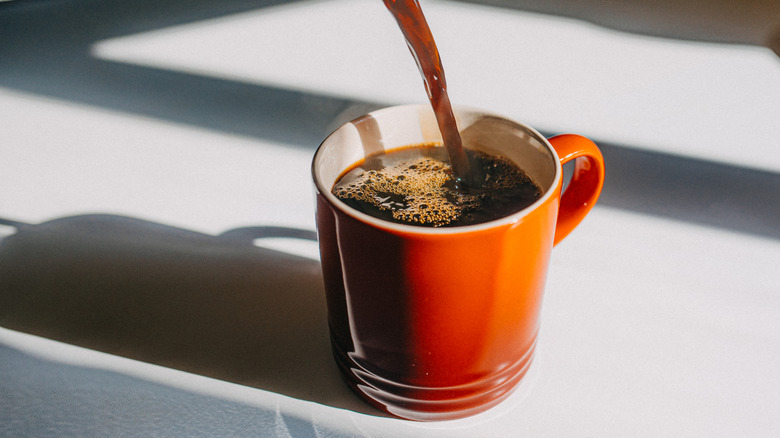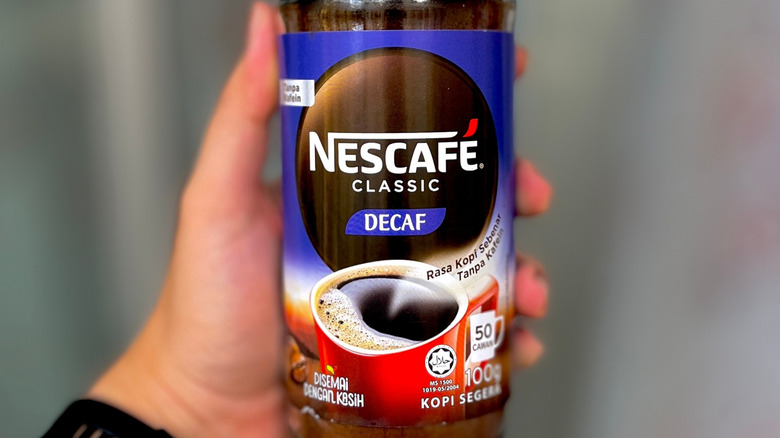The Fascinating Science Behind Decaf Coffee
Sometimes, the ritual of drinking a cup of coffee is alluring, but the caffeine is unwanted. Thankfully, decaf coffee options are on the rise, with a growing presence in cafes and stores. And it's not in the bean variety or brewing method; rather chemical innovations enable the removal of the energizing compound.
In order to create decaf beans, producers send green unroasted beans to specialized facilities, which carry out processes to remove the caffeine. Several methods of the elimination exist, each with accompanying strengths and weaknesses. Yet all rely upon the same foundational core: strip away the caffeine compounds via chemical bonding.
The most prevalent technique is called the European method, which employs either methylene chloride or ethyl acetate as the solvent. After steaming, beans are soaked in a chemical solution, which attaches to the caffeine molecules. The liquid's evaporated, and the now caffeine-free beans are roasted. The process is very effective, but doesn't eliminate everything: A normal decaf coffee does contain trace amounts of caffeine. Some are turned off by the industrial nature of the solvent, however such decaf coffee is deemed safe by the Food and Drug Administration and other regulating bodies. Not to mention there are other decaffeination methods to explore, too.
Caffeine is removed from coffee via several chemical processes
The solvent method is popular due to commercial reasons; it's efficient, affordable, and works well in large volumes. However, it's not the only viable chemical process of decaffeinating coffee beans. Inventive, yet nonetheless practical, such processes come in a gamut of forms.
On the expensive side of the spectrum, it's possible to extract caffeine by liquifying carbon dioxide under extreme pressure and putting it in contact with the coffee. Once slowly turned back into gas, the caffeine escapes alongside the carbon dioxide, leaving an especially smooth-tasting coffee bean behind.
Carbon is also used in the Swiss water method, which crafts decaffeinated coffee with a more natural tasting palate. In this process, the caffeine is removed from a dense coffee solution via activated carbon filtration — a technology also employed by NYC's Theodora to dry age fish.
And to minimize the mingling between chemical solvents and coffee, producers have also designed a system with indirect contact. Green coffee is heated in water, with this solution decaffeinated via the solvent. Then, the aqueous mixture is reabsorbed back into the beans. Unfortunately, some of the coffee's taste is lost in the process, making it a less coveted method. So perhaps add some flavor to coffee when brewing to compensate, and you'll still get a nice-tasting result.

